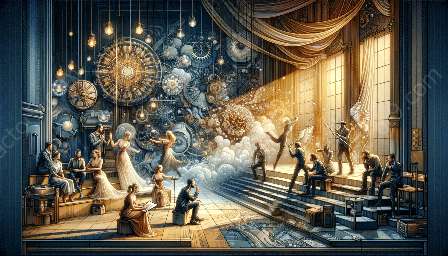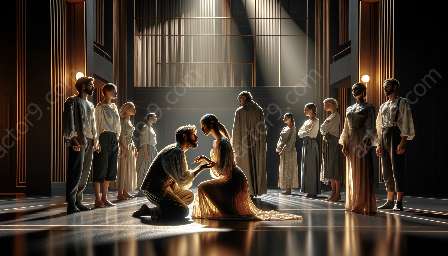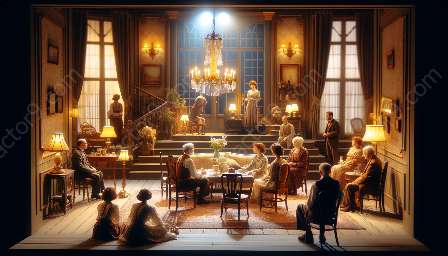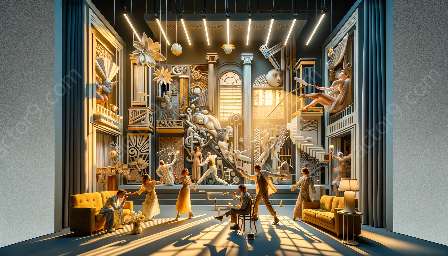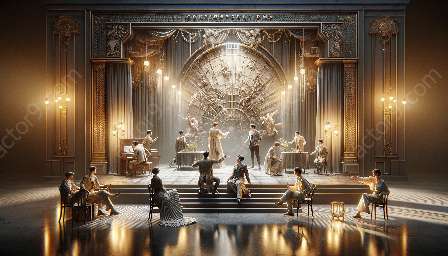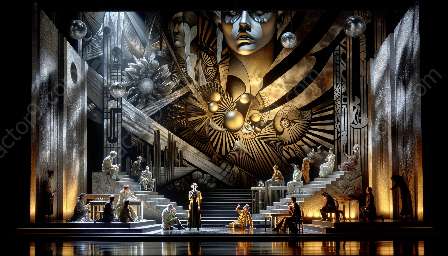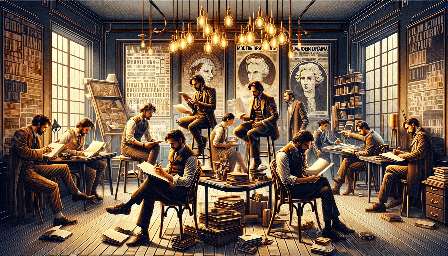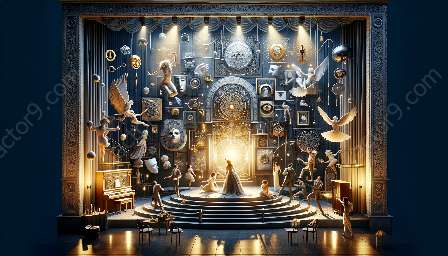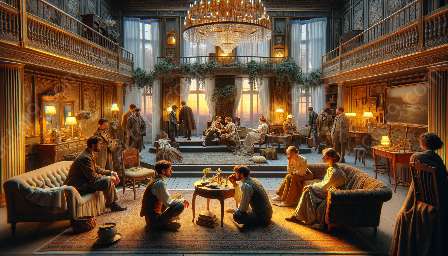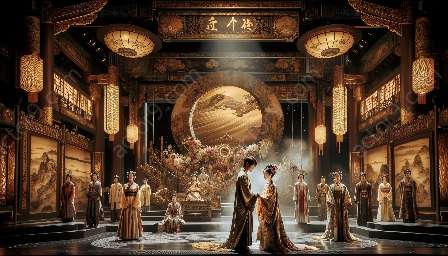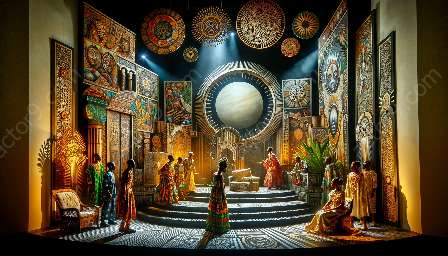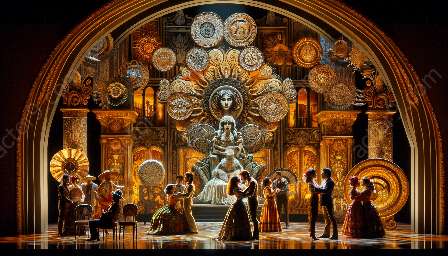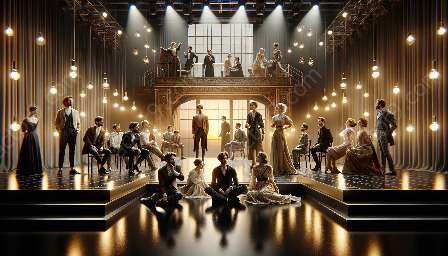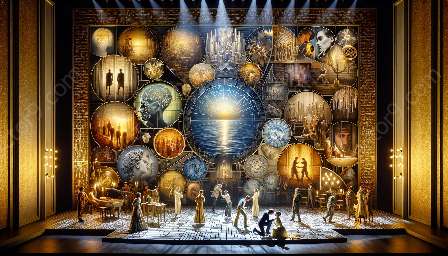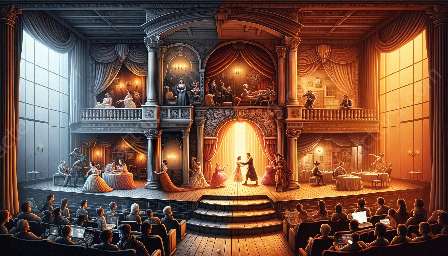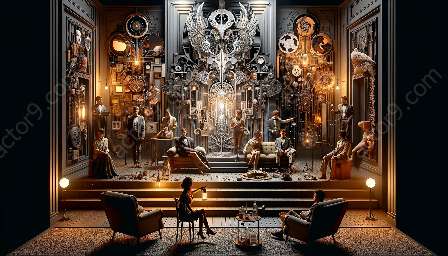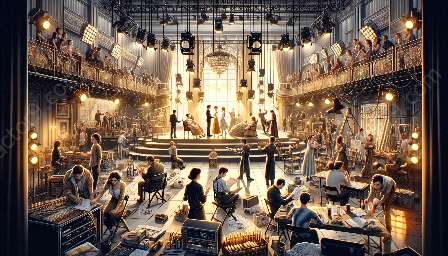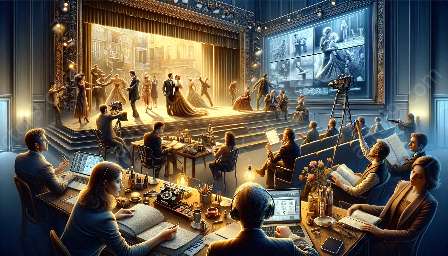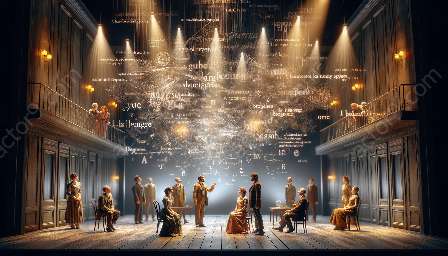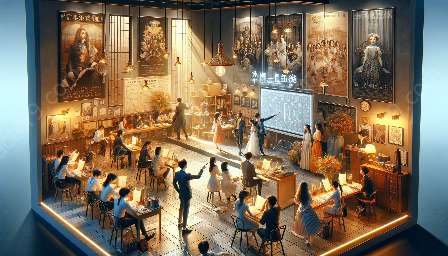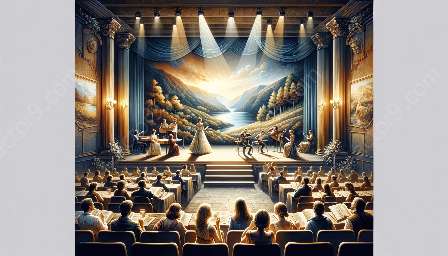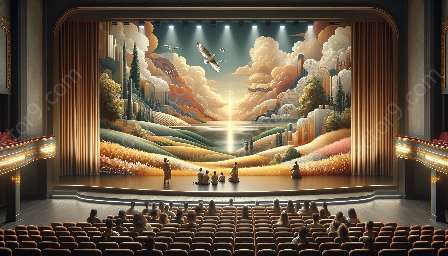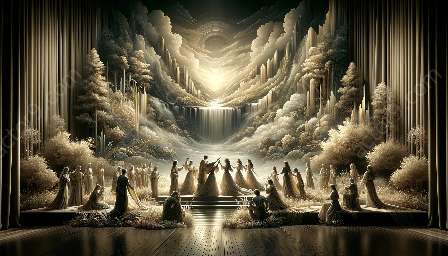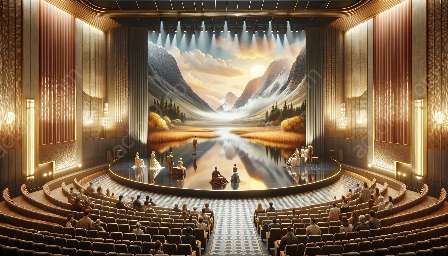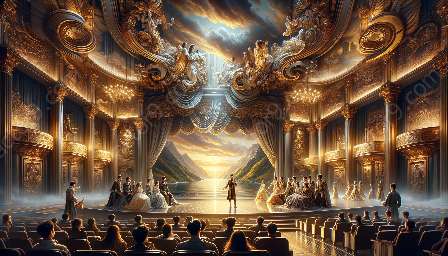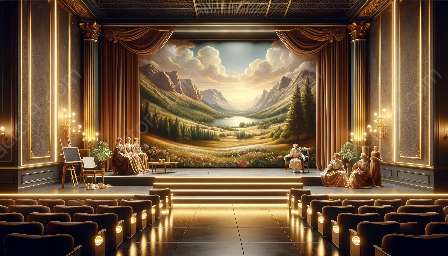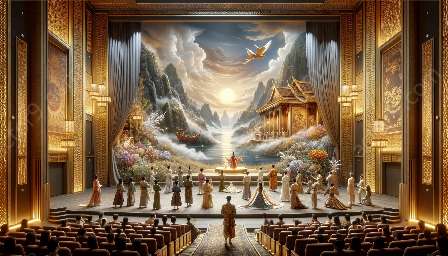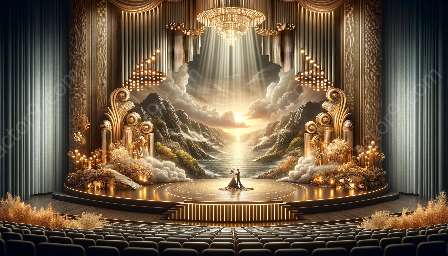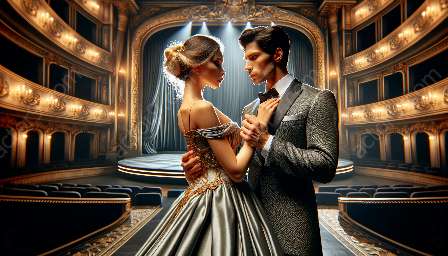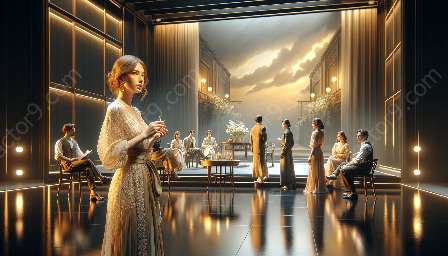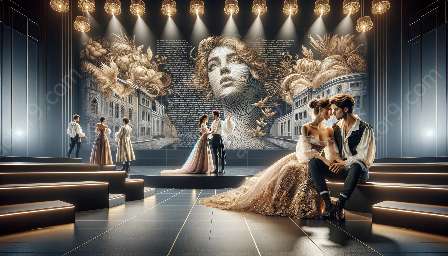Modern drama is a dynamic and evolving form of literary and performing art that reflects the complexities and nuances of contemporary society. It encompasses a wide range of themes, styles, and techniques, making it a rich field for analysis and exploration. When examining modern drama, it's essential to consider its relationship with performing arts, particularly acting and theater.
The Evolution of Modern Drama
Modern drama emerged as a response to the societal and cultural changes of the late 19th and 20th centuries. It represented a departure from the conventions of classical and romantic drama, embracing new forms of expression and challenging traditional storytelling techniques. The modernist movement, with its emphasis on experimentation and individualism, greatly influenced the development of modern drama.
The 20th century witnessed the rise of influential playwrights such as Samuel Beckett, Bertolt Brecht, and Tennessee Williams, who revolutionized the theatrical landscape with their innovative approaches to dramatic writing. Their works delved into existentialism, social and political critique, and the complexities of human experience, paving the way for the diverse and thought-provoking modern dramas that followed.
Key Themes in Modern Drama
Modern drama explores a myriad of themes that resonate with contemporary audiences. From identity and alienation to power dynamics and the human condition, modern playwrights use their works to engage with pressing societal issues and personal dilemmas. The interplay of psychology, philosophy, and cultural critique infuses modern drama with depth and relevance.
Moreover, modern drama often adopts non-linear narratives, fragmented structures, and surreal elements to capture the complexities and uncertainties of modern life. The use of symbolism, meta-theatrical devices, and unconventional characterizations adds layers of meaning and invites nuanced interpretations, making modern drama a rich tapestry of artistic expression.
Analyzing the Art of Modern Drama
Examining modern drama involves delving into its textual, performative, and contextual dimensions. Through close textual analysis, scholars and enthusiasts can dissect the language, imagery, and dramatic devices employed by playwrights to convey their thematic concerns and artistic visions. Exploring the theatrical conventions and innovations of modern drama sheds light on its dynamic relationship with the performing arts.
Furthermore, the performance of modern drama on stage allows for a holistic understanding of its impact. Actors, directors, and designers collaborate to breathe life into the written word, infusing it with emotional resonance and sensory stimulation. The physicality of acting and the spatial dynamics of theater contribute to the immersive experience of modern drama, inviting audiences to engage with its themes on an intimate and visceral level.
The Intersection of Modern Drama and Performing Arts
The synergy between modern drama and the performing arts, notably acting and theater, is evident in their shared commitment to artistic expression and human storytelling. As a form of performance art, modern drama relies on the interpretive skills of actors to embody characters, convey emotions, and communicate the essence of the playwright's vision.
Acting, in the context of modern drama, demands empathy, versatility, and a deep understanding of character psychology. The complexities of modern characters and the layered narratives they inhabit require actors to navigate the intricate emotional terrain with authenticity and nuance. The collaborative nature of theatrical production further amplifies the convergence of modern drama and acting, as performers and creatives work in tandem to bring the script to life.
Simultaneously, the domain of theater provides a physical and visual platform for the performance of modern drama. The architecture of theatrical spaces, the interplay of light and sound, and the craftsmanship of stage design contribute to the atmospheric and sensory dimensions of modern theatrical experiences. Theater serves as a conduit for the collective imagination, enhancing the impact of modern drama through its spatial and aesthetic considerations.
Embracing Innovation in Modern Drama and Performing Arts
In the contemporary landscape, modern drama continues to evolve in response to the ever-changing societal landscape and the advancements in the performing arts. Playwrights, directors, and performers continually push the boundaries of storytelling and theatricality, embracing new technologies, interdisciplinary collaborations, and multicultural influences.
The fusion of modern drama with experimental forms of performance, including immersive theater, site-specific productions, and digital storytelling, reflects the adaptability and fluidity of the genre. Additionally, the intersection of modern drama with diverse cultural traditions, global perspectives, and social activism amplifies its relevance and resonance in the contemporary world.
By exploring the intersections between modern drama and the performing arts, we gain a deeper appreciation for the transformative power of theatrical storytelling and the enduring relevance of human experiences in the modern age.


